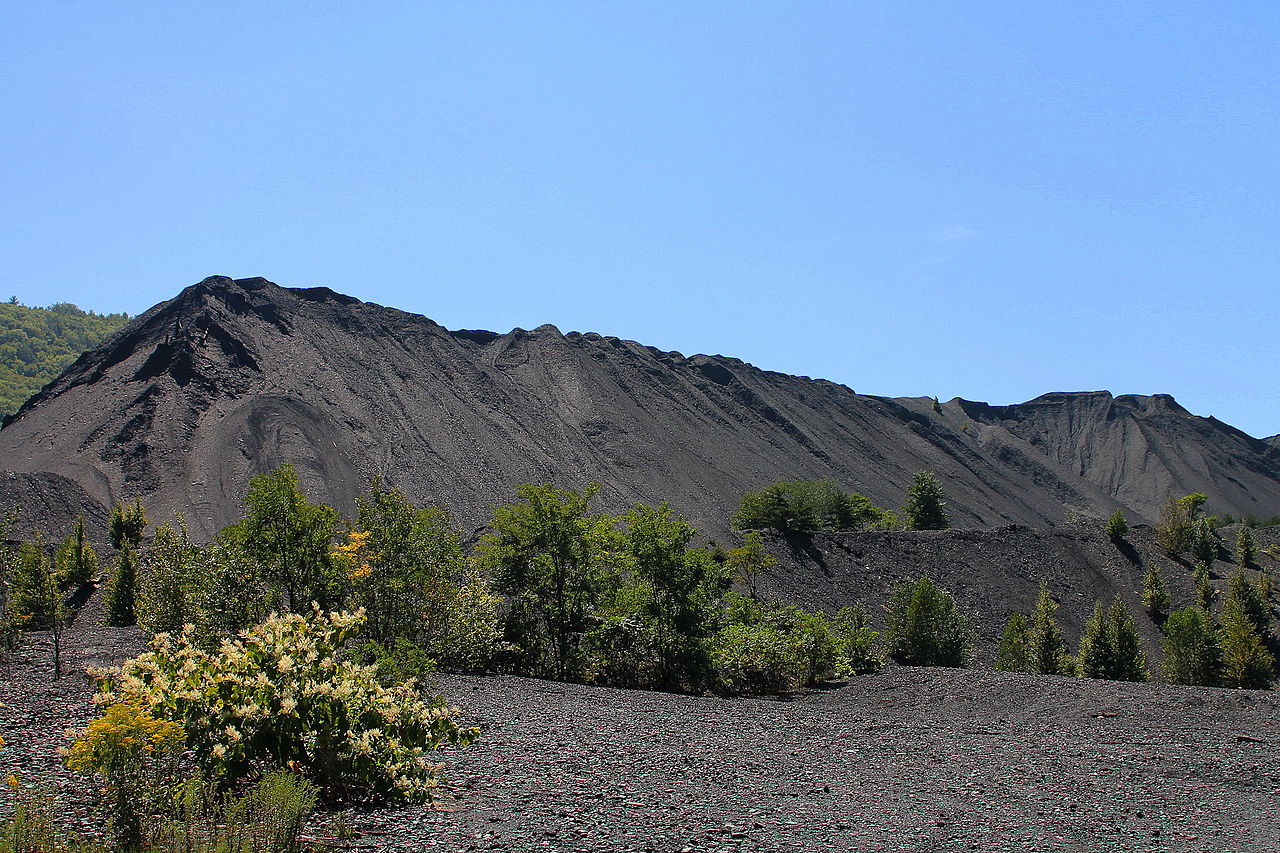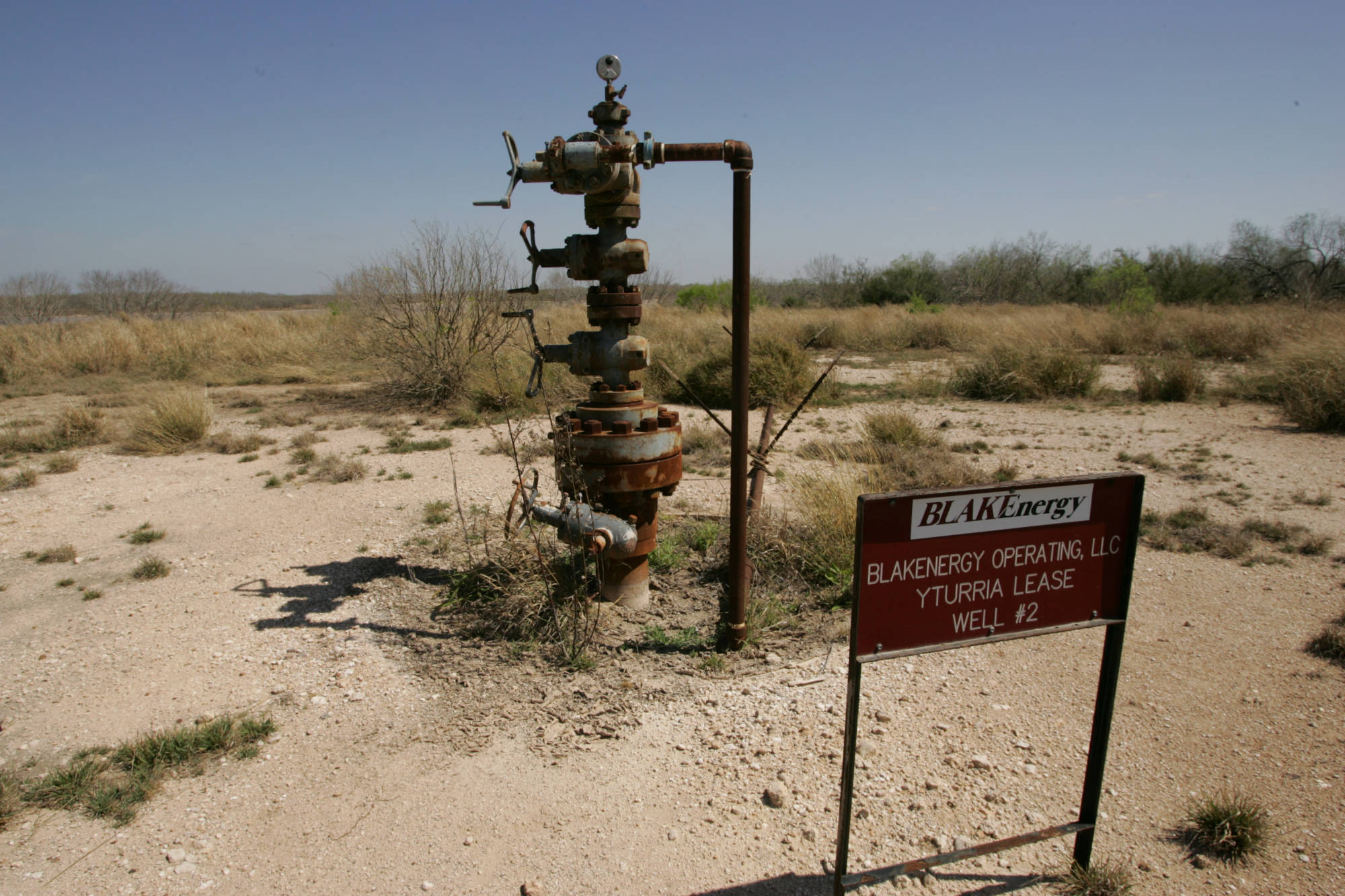We have much more to do and your continued support is needed now more than ever.
Reclaiming Degraded Lands for People and Wildlife

Every day, workers extract resources from the earth that help fuel our modern lives: coal, oil, natural gas, metals, and other critical minerals. But what happens when mine lands no longer provide the resources we need? Often, the land is abandoned, leaving behind rusting well equipment, polluted waterways, and scarred hillsides—degradation that poses immediate and long-term dangers to humans and wildlife alike.
In northwest Pennsylvania, however, once-degraded lands tell a different story. In Elk and Cameron counties, on land that was once strip-mined for coal, a herd of elk now live. Elk are native to Pennsylvania but were wiped out from overexploitation by the start of the nineteenth century. Thanks to state-led reclamation efforts, elk have returned and flourished—the herd grew from 38 individuals to 135 in under 10 years—and are an economic boost to the region via tourism and the collection of hunting permit fees.
Land reclamation is the process of bringing degraded lands back to a more natural state. Other states have reclamation success stories too—from wineries and parks built on former coal mines, to expanding cerulean warbler habitat and mountain bike trails.
Reclaiming these degraded lands, including abandoned coal mines, hardrock mines, and orphaned oil and gas wells, is an opportunity to revitalize local economies, remove ongoing threats to human and wildlife health, and tackle climate change.

The scope of the problem
Prior to passage of a federal reclamation law in 1977, hundreds of thousands of surface and underground coal mine sites had been left unreclaimed and abandoned. A federal clean-up fund was established, in partnership with states, to reclaim these sites. While much good work has been done over its 40 years, the backlog of outstanding abandoned mines remains massive. In fact, millions of Americans live within one mile of an unreclaimed coal mine.
The Office of Surface Mining Reclamation and Enforcement estimates that cleaning up these remaining sites will cost about $11.4 billion. But because this budget estimate only includes mines that have been recorded, there may be far more abandoned coal mines in the U.S. than previously thought, and therefore the cost of clean-up is far higher. A recent paper from the Ohio River Valley Institute estimates reclaiming abandoned coal mines will cost $21-32.4 billion—two or three times higher than the official estimate.
Abandoned coal mines pose acute threats, as leftover coal waste piles have been known to catch on fire, and open mine shafts and mudslides threaten public safety. More chronic impacts include water contamination and damage to water infrastructure from acids and heavy metals.
Abandoned hard rock mines, where metals and ores such as gold and copper are extracted, pose similar threats to water quality, public health, and wildlife. There are about 500,000 abandoned hard rock mines in the U.S. Nearby bodies of water can experience loss of riparian habitat and in-stream biota and groundwater contamination. Wildlife suffer from these stressors too: they lose their habitat and a safe source of drinking water. Unlike abandoned coal sites, there is no federal cleanup fund to reclaim the vast inventory of abandoned hard-rock sites.
Climate change compounds the threats from coal and hardrock abandoned mine lands. More frequent and intense rain and storms can increase chemical leaching from degraded lands, and increase the risk of mine blowouts and landslides, which can be devastating and deadly for people and wildlife.

Estimates of abandoned oil and gas wells are similarly large. A report last year from the Interstate Oil and Gas Compact Commission (IOGCC) identified about 57,000 confirmed orphan wells nationally, and as many as 750,000 “potential” orphan wells in the approximately 25 states with oil production. IOGCC defines orphaned wells as wells that have been idle, and that have unknown owners or operators.
Due to many well owners going bankrupt in the past few years, there are many more wells at risk of becoming orphaned, according to a report from NWF and Public Lands Solutions, which examined oil and gas wells in five western states. There are many, many more abandoned wells in the U.S.—upwards of 2.3 million, according to the U.S. Environmental Protection Agency—the majority of which are unplugged or improperly closed.
Improperly sealed wells emit large amounts of oil, natural gas, and other fluids into the environment, posing threats to surrounding wildlife while lowering environmental quality. They also emit methane, a super-pollutant that traps 80 times more heat than carbon dioxide over a 20-year period. In the Ohio River Valley states alone, there are an estimated 538,000 unplugged abandoned oil and gas wells, according to the latest research from the Ohio River Valley Institute.
The road ahead
Degraded land reclamation can look different depending on the area and the goal for the reclaimed land. Many degraded lands can be restored to forests or grasslands, creating favorable habitats for native vegetation and wildlife. And occasionally non-native wildlife: in eastern Ohio, nearly 10,000 acres of reclaimed mine land is now home to giraffes, cheetahs, Southern White rhinos, and numerous other African and Asian species, all part of The Wilds, a conservation center and safari park now located on the reclaimed land.
In general, degraded land reclamation investments can help fix serious environmental damage, remove costly threats to public health, plus contribute to future carbon sequestration. One report finds that for every $1 invested in land restoration, anywhere from $7 to $30 dollars can be returned in the form of improved food production, carbon sequestration, and improved water quality.
There are also economic benefits to reclamation. These investments can be a source of employment, utilizing skills that out-of-work miners and oil and gas workers already have. Plugging abandoned wells and cleaning up well sites in Kentucky, Ohio, Pennsylvania and West Virginia, for example, could create more than 15,000 jobs per year (over 20 years), while reducing carbon dioxide emissions by 72.3 million metric tons. They can also spur new development, particularly in economically distressed regions of the country.
The Abandoned Mine Land Reclamation Economic Development Pilot Program (AML Pilot) is a federal program to help reclaim abandoned mine land for reuse or other community goals. It was estimated that projects from the AML Pilot’s first year, which cost less than $30 million, would create 3,000 jobs, generate over $140 million in revenue, provide workforce training to more than 225 students, and attract over 600,000 visitors to the region in Kentucky alone.
Federal policymakers are giving increased focus to reclaiming abandoned mine lands and orphaned wells. President Biden’s jobs and infrastructure plan includes billions of dollars to cap oil and gas wells and reclaim abandoned coal and hardrock mines. Last week saw the introduction of the Orphaned Well Cleanup and Jobs Act, which authorizes $8 billion to plug and clean up orphaned wells while putting thousands of people to work. The Revitalizing the Economy of Coal Communities by Leveraging Local Activities and Investing More (RECLAIM) Act is another recently introduced bill that encourages reclamation of abandoned mine lands for recreation, community development, and wildlife habitat, all while creating good jobs.
We can and should put people to work in communities affected by the boom and bust cycle of extractive industries, like coal and oil. The reclamation investments highlighted above would go a long way towards helping do this while addressing pressing environmental, health, and economic issues in those communities.
The scope of America’s degraded lands problem is vast—but so is the opportunity. To create new and restored forests and grasslands, sequester millions of tons of carbon, protect public health and wildlife habitat, and put Americans to work.
TAKE ACTION




















